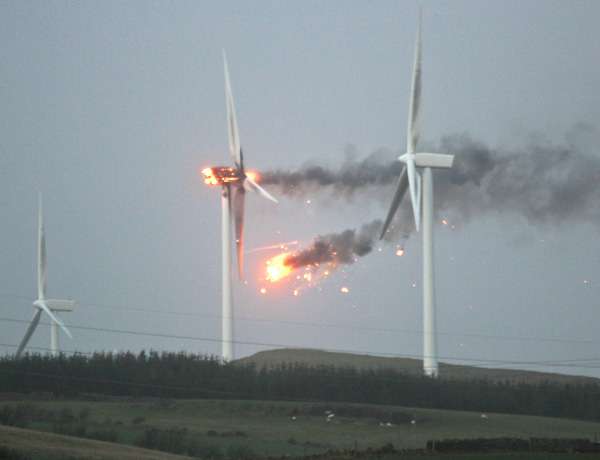As the arctic air mass now spreading across the U.S. moves eastward, it will lead to some wild weather for the UK and Northern Europe.
Anytime a deep, cold air mass moves into the mid-latitudes, a strong jet stream forms above the transition zone between warm and cold air masses. That’s not unusual for this time of year, but the current situation will lead to an unusually strong, 260 mph jet stream on the jet traffic route from the U.S. to Europe.
This means that jets flying to Europe on Thursday could see ground speeds in excess of 800 mph (900 mph for a 747), which is faster than the speed of sound at sea level, 760 mph. (This is not the same as the jet “breaking the sound barrier”…its air speed remains the same, whether flying in a headwind or tailwind.)
The weak low pressure now spreading snow across the U.S. Midwest will intensify as it exits the East Coast and races across the Atlantic, generating surface wind gusts approaching 100 mph and wave heights to 50 ft as it approaches Scotland Thursday night.
While that storm will weaken as it crosses the North Sea to the Baltic, an equally strong storm will follow close on its heels, with near-hurricane force wind gusts across the North Sea and into the southern Baltic Sea for the weekend. Damaging winds could occur over Denmark and in other coastal areas around the southern Baltic Sea.
So, batten down those windmills.

 Home/Blog
Home/Blog




